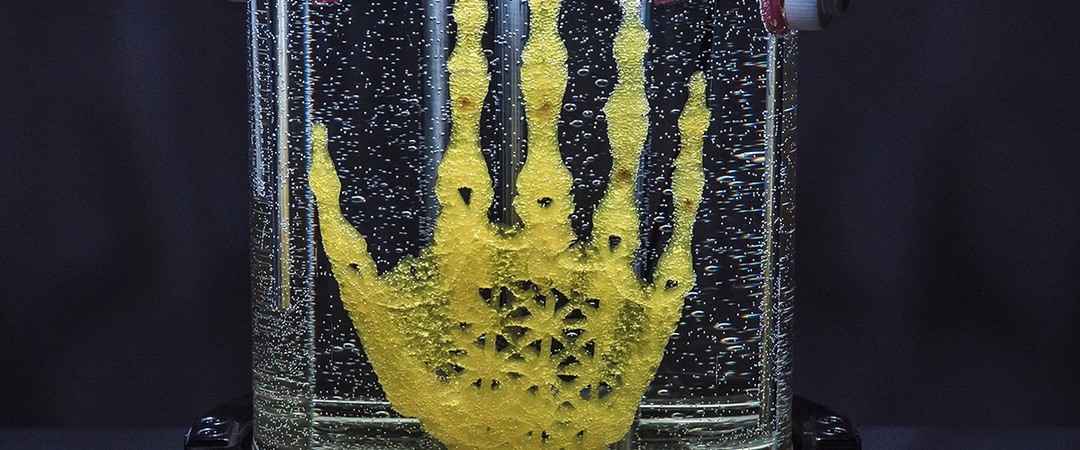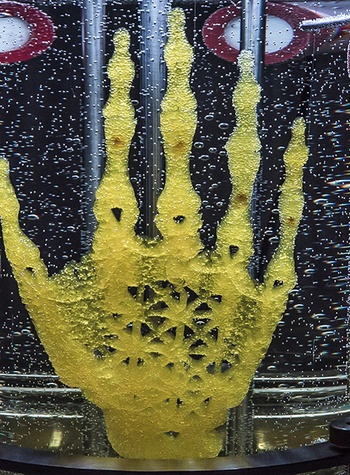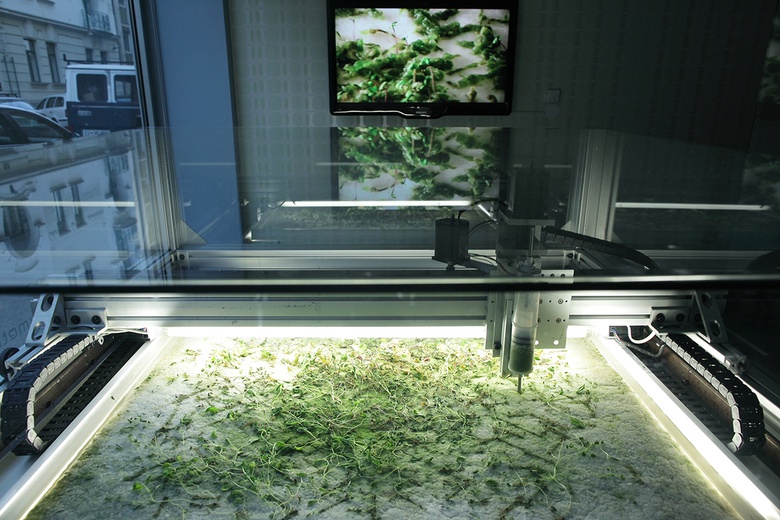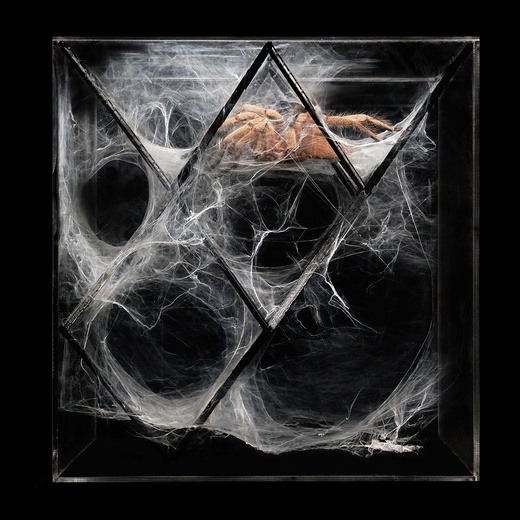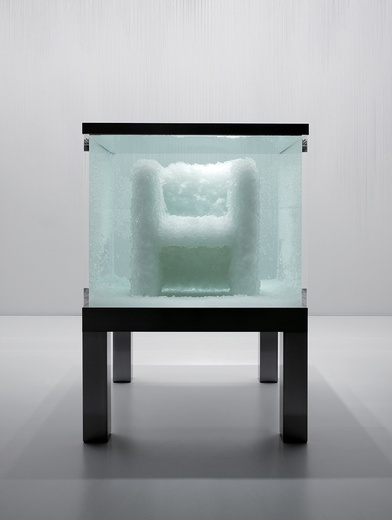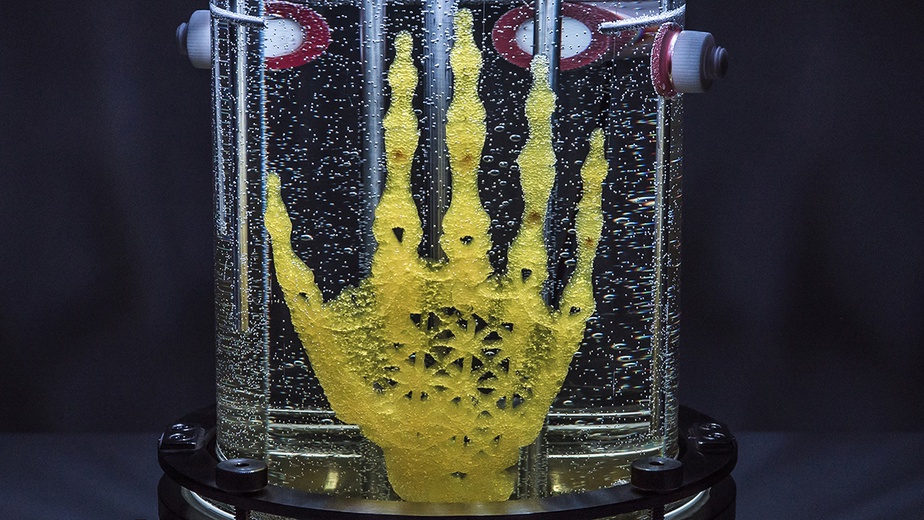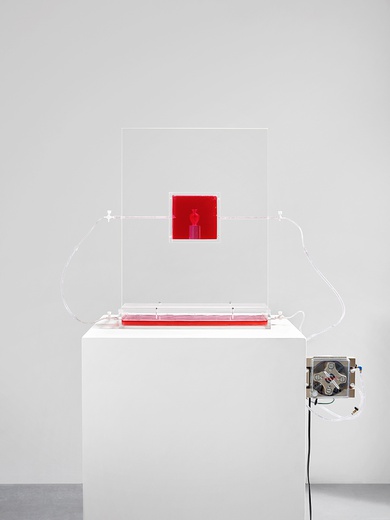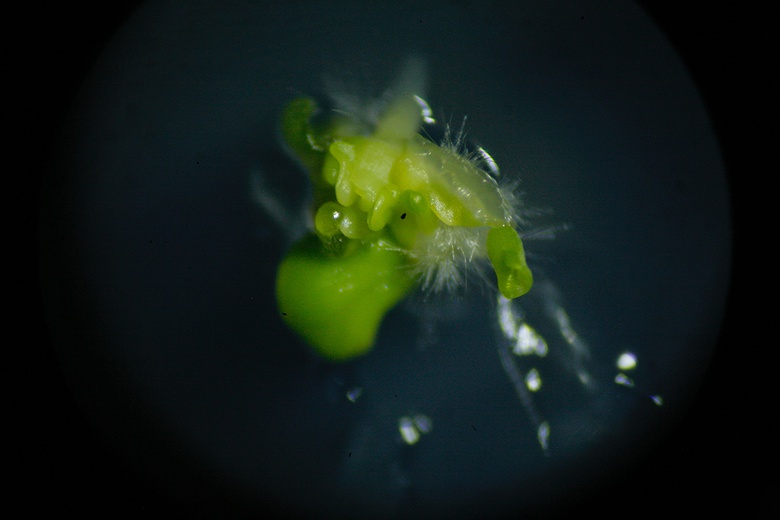From 20 February to 15 April 2019, in Gallery 4 at the Centre Pompidou, Designing the Living [La fabrique du vivant] retraces an archaeology of the living and of artificial life. This group exhibition offers a prospective presentation of the recent work of some fifty designers, in addition to research from scientific laboratories.
In the digital era, a new interaction is emerging between creation and the fields of life science, neuroscience and synthetic biology. The focus now lies on matter itself. The notion of ‘living’ takes on a new form of artificiality, somewhere between inertia and momentum.
The ‘living’ spans the physical field of matter and the immateriality of the digital world. Biotechnologies are now a medium used by artists, designers or architects. Digital simulation tools now allow us to recreate the living.
Between biology and genetics, design takes a cross-disciplinary approach, like a biotechnological artefact where living matter dictates the form. Design now turns to ‘bio-manufacturing’ and new ‘disruptive technologies’ around living matter. Bio-materials, made from organic life (fungus mycelium, laminar algae, bacteria and yeasts, etc.) have led to new sustainable, biodegradable objects.
To create an architectural sculpture in situ, specially designed for the exhibition, American artist David Benjamin (The Living) uses a new building method based on fungus mycelium bricks which grow together and are assembled by bio-welding. Micro-organisms are transformed into an architectural medium and building material. Studying the behaviour of life (animals or plants) leads to innovative architectural design producing new forms of nature, between the digital ecosystem and living systems.
Artists question the links between the living and the artificial, as well as the processes of artificial recreation of life; the manipulation of chemical procedures on living matter; selfgenerating works with ever-changing forms; hybrid works of organic matter and industrial material, or the hybridisation of human and plant cells. In this era of digital technologies, artists draw on the world of biology, developing new social and political environments based on the issue of the living.
Some one hundred projects will be on show, including several created especially for the exhibition. The very matter of this exhibition is changing, as certain works undergo a process of growth or decay. IRCAM presents the Biotope installation by composer Jean-Luc Hervé, which fits into the exhibition tour like a living organism.
Curators: Marie-Ange Brayer, chief curator, Design et prospective industrielle, Mnam-CCI, Centre Pompidou
Olivier Zeitoun, assistant curator, Design et prospective industrielle, Mnam-CCI, Centre Pompidou
Sound Event:
JEAN-LUC HERVÉ BIOTOPE, Premiere 2019
commissioned by IRCAM-Centre Pompidou
IRCAM computer music design Thomas Goepfer


